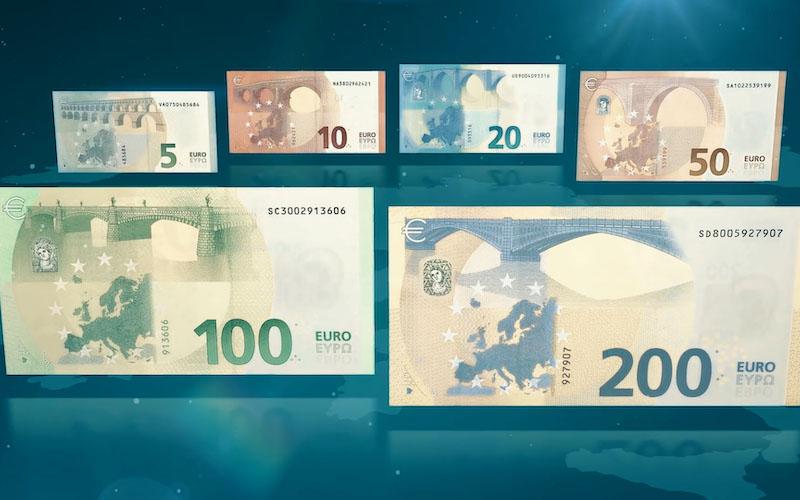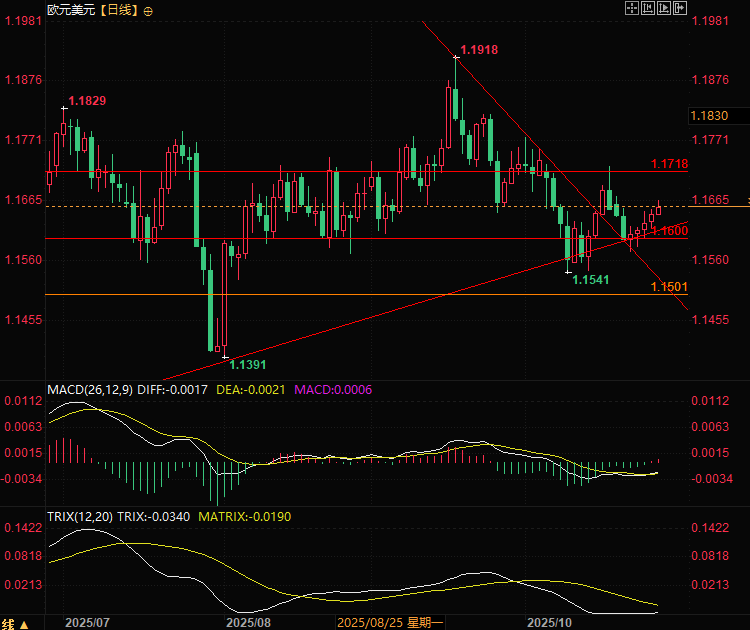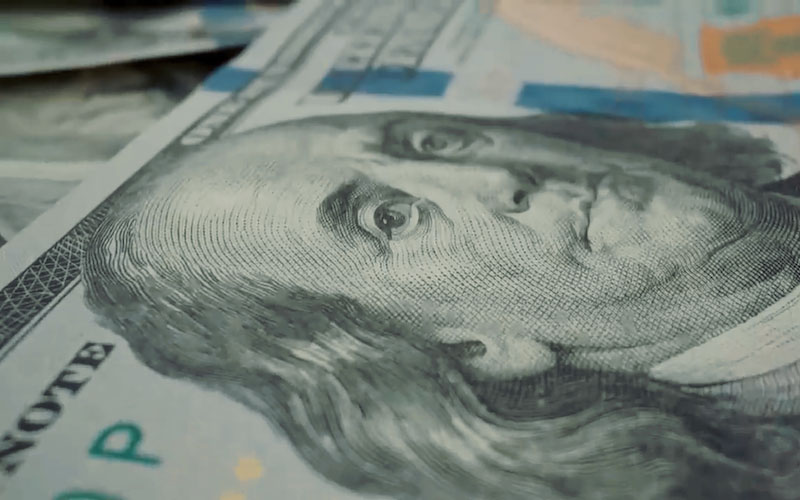Is the fragile rebound just an illusion? The euro hides three hidden dangers, and bears may be cornered!
2025-10-28 17:58:36

Euro/USD rises on risk sentiment, with central bank decisions becoming key focus
Given the current global risk environment, the euro should have performed even stronger against the dollar. ING foreign exchange analyst Chris Turner noted that the easing of US-China trade tensions would be positive news for global trade and help sustain the nascent optimism in business sentiment.
Last Friday, the Eurozone Purchasing Managers' Index (PMI) unexpectedly rebounded, a phenomenon that stood in stark contrast to the pessimism that had been building among economists this summer. Today, the European Central Bank (ECB) will also release its consumer inflation expectations survey, with markets predicting three-year inflation expectations will remain at 2.5%, which could lend a very neutral tone to Thursday's ECB meeting.
The more crucial debate may have to wait until the central bank’s December meeting, when its 2028 consumer price index (CPI) forecast is due to be released, with a reading below 2.05 opening the way for a dovish stance.
At the same time, if the interest rate decisions of the three central banks of the United States, Japan and the eurozone on Thursday produce results that exceed expectations, the foreign exchange market will experience huge shocks.
Trade and mining deals boost sentiment, limiting dollar strength
Investor sentiment was helped by news that U.S. President Donald Trump met with Japanese Prime Minister Sanae Takaichi during his Asia trip and signed a framework agreement with Japan to safeguard the mining and processing of rare earth and other critical minerals.
Meanwhile, Trump maintained a positive tone toward China, with U.S. Treasury Secretary Scott Besant confirming earlier this week that the threat of 100% tariffs had been shelved after China agreed to delay implementing its rare earth restrictions during talks in Malaysia over the weekend.
Affected by this, the US dollar, which has recently been favored by safe-haven funds, has fallen into adjustment.
Expectations of a Fed rate cut drive the dollar's short-term weakness
Meanwhile, weaker-than-expected U.S. inflation data released last week essentially confirmed that the Federal Reserve will cut the federal funds rate by 25 basis points on Wednesday. With the U.S. government shutdown now in its fifth week, the Fed lacks key macroeconomic data to support its decision-making, but the market expects the central bank to hint at a potential three rate cuts by December this year. Failure to do so could lead to a rebound in the U.S. dollar.
Until then, US house price index and consumer confidence data may provide some guidance for dollar-related currency pairs. However, as long as investors' risk appetite persists, a significant rebound in the dollar seems unlikely.
Positive risk sentiment supports the euro
Positive market sentiment continued to support the euro's strength, suppressing the safe-haven dollar. This effect offset the impact of sluggish economic data in the euro zone, such as the German GFK consumer confidence index in November which deteriorated more than expected.
Data released by Germany's GFK Research Institute showed that Germany's consumer confidence index fell to -24.1 in November from -22.3 in September, the worst level in the past seven months, and lower than market expectations of a slight improvement to -22.0.
U.S. Treasury Secretary Jeffrey Benson called on Japan to implement a "prudent monetary policy," which puts pressure on the Bank of Japan and may prompt it to continue its monetary tightening cycle.
Technical Analysis:
From the daily chart of EUR/USD, we can see that the 20-day and 30-day moving averages are still pointing downwards, suppressing the euro's rebound.
What needs to be observed here is that the Euro range oscillation will accelerate the downward trend and turning of the Euro moving average, so that the resistance of the moving average can be converted into support.
Since 1.1600-1.1700 is a long-term intensive trading area and the euro was at a high level at the beginning of the month, as long as the exchange rate can stabilize, the 20-day and 30-day moving averages will be quickly repaired, and will be able to fall quickly and turn around to become technical support for the exchange rate.
The current support level is still the area surrounded by 1.1600 and the rising trend line, and the pressure level is around 1.1718.

(Euro/USD daily chart, source: Yihuitong)
At 17:51 Beijing time, the euro was trading at 1.1655/56 against the US dollar.
- Risk Warning and Disclaimer
- The market involves risk, and trading may not be suitable for all investors. This article is for reference only and does not constitute personal investment advice, nor does it take into account certain users’ specific investment objectives, financial situation, or other needs. Any investment decisions made based on this information are at your own risk.





















